What is the Best Sealant for Diamond Painting?
Diamond painting has become a popular craft activity that combines the concepts of paint-by-numbers and cross-stitching, using small resin diamonds to create stunning and sparkling mosaic-like artworks. As diamond paintings are time-consuming and require meticulous effort, it is essential to protect and preserve the finished piece.
One of the crucial steps in ensuring the longevity and appearance of a diamond painting is applying a sealant. In this article, we will explore the best sealants available for diamond painting and the factors to consider when choosing the most suitable option.
Importance of Sealing Diamond Paintings
Sealing a diamond painting serves as a protective barrier, keeping the tiny resin diamonds securely in place on the canvas. By applying a sealant, you can prevent the diamonds from dislodging over time due to accidental bumps or handling.
Additionally, sealants help to safeguard the artwork from dust, moisture, and other environmental factors, ensuring its long-term durability.
Brush Sealants
Brush sealants offer an all-in-one solution for preserving diamond paintings. They come in various finishes and consistencies, catering to individual preferences. Let’s explore the advantages of using brush sealants and some recommended options.
Advantages of Brush Sealants
Brush sealants act as both a sealer and a finish for diamond paintings. They provide a waterproof layer, making them perfect for mounting a kit on foam board or framing it without glass. Additionally, brush sealants facilitate easy dusting, ensuring your artwork remains pristine for years to come.
Recommended Brush Sealants
Two highly recommended brush sealants for diamond paintings are DecoArt triple thick enamel and Mod Podge. DecoArt triple thick enamel has a perfect consistency, making the canvas firm and sturdy while retaining the shine of the diamonds. If you’re looking for a slightly cheaper alternative, Mod Podge is a classic choice that also provides excellent results.
Application Process of Brush Sealants
To seal your diamond painting using a brush sealant, follow these steps:
- Ensure that all diamonds are correctly positioned and secure.
- Apply weight or use a roller to flatten the canvas and ensure the diamonds are firmly glued.
- Dip the tip of your brush into the bottle of brush sealer.
- Apply the sealer to the canvas with broad strokes, starting from one edge and working your way across.
- The sealer may appear thick and white at first, but it will become more transparent as it dries.
- Apply a thick and even coat, avoiding the accumulation of excess sealer.
- Allow the sealer to dry and harden overnight.
Aerosol Sealants
Aerosol sealants offer an alternative method of coating finished diamond paintings. Let’s explore the advantages and some recommended options for aerosol sealants.
Advantages of Aerosol Sealants
Aerosol sealants are specifically designed to provide a crystalline finish to diamond paintings. Unlike brush sealants, they do not fill the gaps between the diamonds.
Aerosol sealants help retain the brilliance of the diamonds over time and offer quick-drying properties. They are also waterproof and allow you to roll up your finished canvas without damaging the artwork.
Recommended Aerosol Sealants
Mod Podge is a popular brand that offers a range of aerosol sealants for diamond paintings. The Mod Podge Super Gloss variety is recommended for preserving the shine of your diamond painting.
If you prefer a less shiny finish, the Mod Podge Matte Gloss is an excellent choice. For those looking to add an extra pearly shine, the Mod Podge Pearlized Gloss provides a unique touch.
Application Process of Aerosol Sealants
To seal your diamond painting using an aerosol sealant, follow these steps:
- Ensure that all diamonds are correctly positioned and secure.
- Place your diamond painting on a protected surface in a well-ventilated area.
- Shake the aerosol sealant can according to the instructions provided.
- Hold the can approximately 8-10 inches away from the painting.
- Spray an even coat of sealant across the entire surface, moving in a smooth and sweeping motion.
- Allow the sealant to dry completely before handling or framing the artwork.
Factors to Consider When Choosing a Sealant
When selecting a sealant for your diamond painting, consider the following factors:
- Desired Finish and Shine: Determine whether you prefer a glossy or matte finish for your artwork and choose the appropriate sealant accordingly.
- Framing or Rolling the Canvas: If you plan to frame your diamond painting without glass, a brush sealant may be more suitable. If you want to roll up the canvas for storage or transportation, an aerosol sealant is recommended.
- Impact on Diamond Appearance: Keep in mind that some sealants may reduce the shine of the diamonds or replace it with a different effect, such as glitter. Consider the look you desire and choose a sealant that aligns with your preferences.
Comparison between Brush and Aerosol Sealants
Both brush and aerosol sealants have their advantages and considerations. Brush sealants act as all-in-one solutions, providing a protective layer and finish. On the other hand, aerosol sealants offer a crystalline finish but do not fill in the gaps between the diamonds. Consider your specific requirements and the desired outcome when deciding between the two options.
Tips for Sealing Diamond Paintings
Here are some additional tips to keep in mind when sealing your diamond paintings:
- Take necessary precautions: Before applying sealant, ensure that pets and children are in separate rooms to avoid any potential accidents.
- Flatten the canvas: Use the same technique you initially used to flatten the canvas, ensuring all diamonds are completely flat and securely glued.
- Use the appropriate brush: If using a brush sealant, select a brush that gives you control over where the sealer is applied. An old t-shirt can be placed on the canvas to prevent scratching or breaking the diamonds.
- Follow instructions: Read and follow the instructions provided by the sealant manufacturer to achieve the best results.
Conclusion
Sealing your diamond painting is a crucial step to preserve its longevity and protect the intricate design you have created. Brush sealants and aerosol sealants offer different advantages, and the choice depends on personal preference and project requirements. Consider factors such as desired finish, framing or rolling the canvas, and the impact on diamond appearance when selecting the best sealant for your diamond painting. By following the proper application techniques and taking necessary precautions, you can ensure that your diamond painting remains a cherished piece of art for years to come.
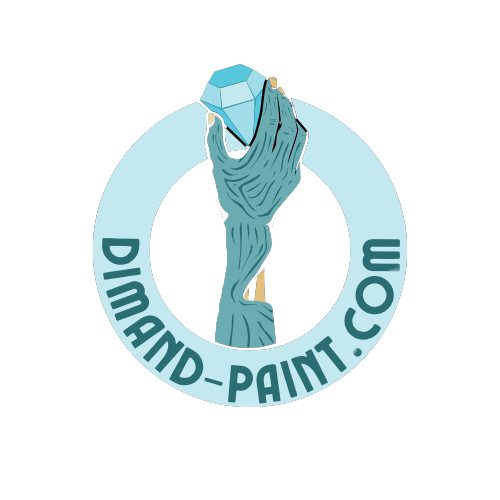
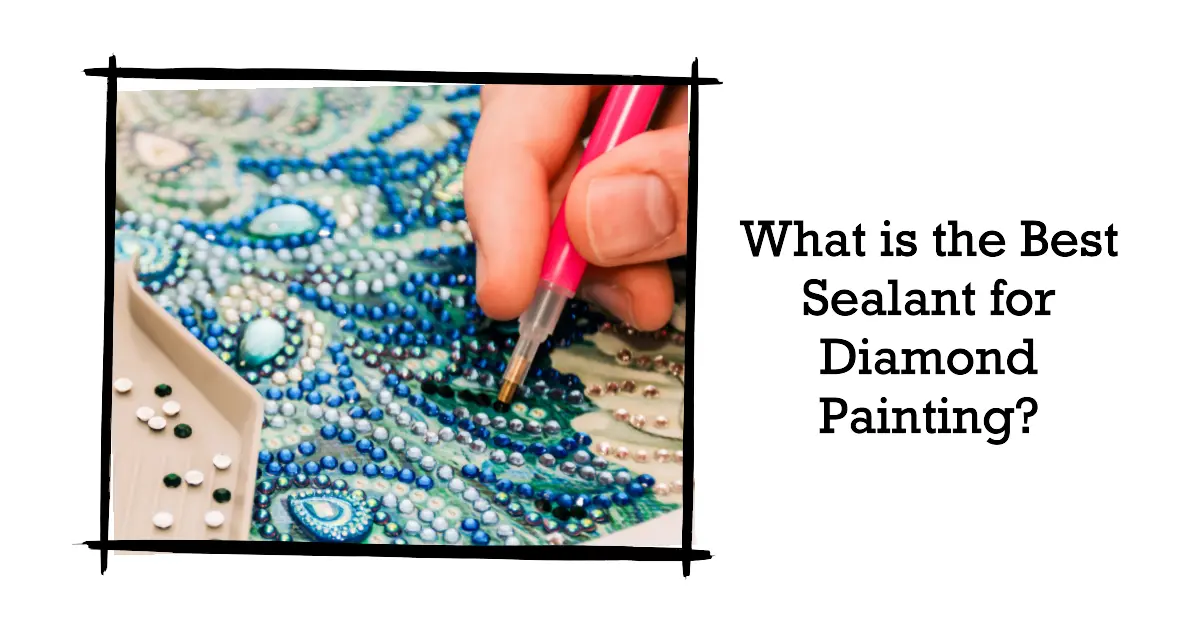


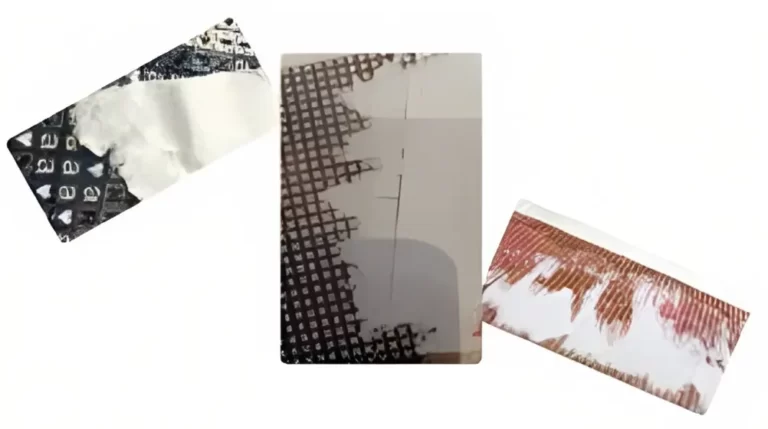
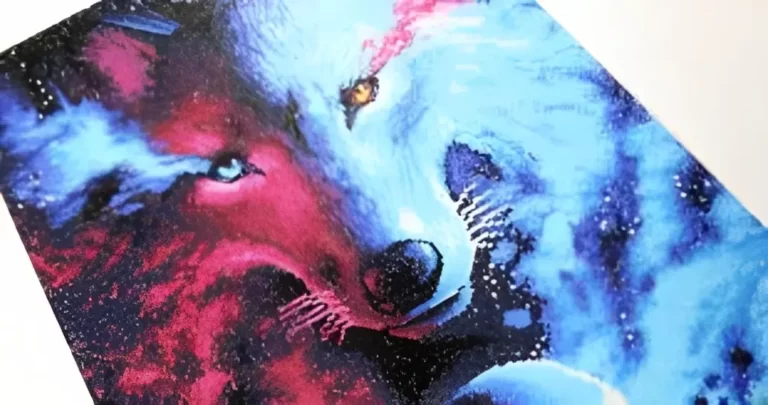
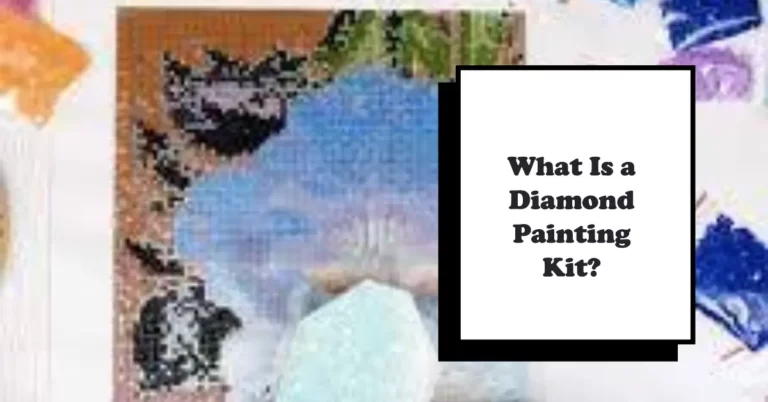

3 Comments